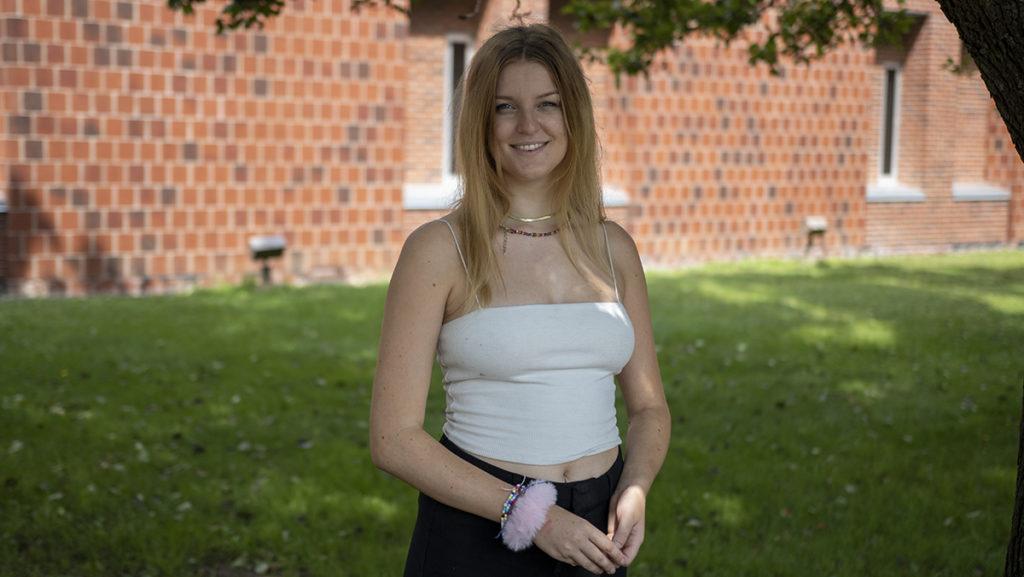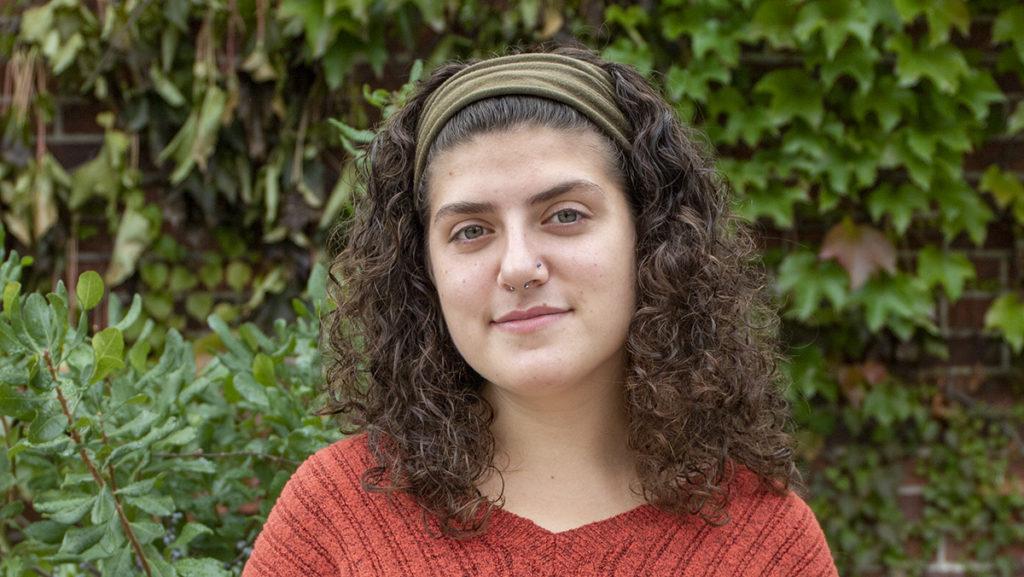The madness of the NCAA Men’s Division I Basketball Championship kicks into gear for real starting today (sorry, “First Four” play-in games, I’m not counting you), with the first two hectic rounds continuing through the weekend and providing fans with baskets of entertainment bliss. With that said, fans aren’t the only ones who benefit tremendously from this season ending tournament. Two years I wrote about the extensive impact the performance of a school’s basketball team can have on the educational institution itself. Florida Gulf Coast University’s Sweet Sixteen run last year once again demonstrated how success on the hardwood translated to increased interest and applications, to name a few benefactors. So this weekend, while some Cinderella team is knocking off favorites, keep in mind the enormous implications for that university.
Every March, the American sports scene turns to the massive NCAA Men’s Division I Basketball Championship to watch 68 teams of collegiate student-athletes compete for the title in a massive single-elimination tournament, in what is college sports’ most popular (and lucrative) athletic event.
Individual universities benefit tremendously from the season-ending tournament that has been dubbed “March Madness,” as the millions of dollars worth of free exposure they receive can boost their national awareness, leading to an increase in future student applications and revenue, according to ESPN sports business reporter Kristi Dosh.
“National television exposure is key,” says Dosh. “Just making it into the men’s NCAA tournament produces a one percent increase in applications the following year. Each round a team advances increases the percentage: three percent for Sweet 16 teams, four to five percent for Final Four teams and seven to eight per cent for the winner.”
One of the most identifiable characteristics of the tournament is the mix of traditional athletic powerhouse schools, such as the University of Kansas, Duke University or this year’s champion, the University of Kentucky, along with very small underdog schools. This David and Goliath dynamic is a major point of attraction for fans. And while the championship is almost always ultimately won by a traditional name-brand university, every so often an overachieving, relatively unknown team makes a surprising run deep in the tournament, upsetting contenders and drawing the attention of millions of viewers across the continent.
In 2006, 11-seed George Mason University strung together a series of surprise upsets, reaching the Final Four, before losing to eventual champion University of Florida. In 2010, Butler University, a tiny private school from Indiana, made it all the way to the championship game where it came a missed half-court shot from beating Duke. A year later both Butler and 11-seed Virginia Commonwealth University (VCU) made it to the Final Four, causing havoc within their respective brackets along the way.
The impact of success for these “Cinderella teams” can be enormous, proportionally to the average impact on a larger university. Whereas people across the country are already aware of the regular contenders, small schools that the public – college applicants included – would otherwise be unaware of can experience drastic impacts from free national attention, explains Dosh.
The free exposure that Butler and George Mason experienced during their incredible Cinderella run was estimated to be worth $450 million and $677 million, respectively.
A study by professors Jaren and Devin Pope suggested that in order to experience the same increase in applications that results from the basketball team reaching the Final Four, a school would have to either increase financial aid or decrease tuition by 6 to 32 percent. The study also states that the university can consequentially be more selective in who it accepts, which leads to increased student quality.
Of course, the effects of March Madness success for a mid-major school reaches beyond just freshman applications. During its ten day run, George Mason made $876,000 in bookstore sales, compared to the $11,000 in sales it would see during a typical week.
“VCU apparel sales on campus last March during the team’s Final Four run topped $1.3 million, compared to just $59,600 the previous March, according to the university,” says Dosh. “VCU had only $800,000 in revenue from apparel the entire prior year.
“According to Collegiate Licensing Company, the licensing division of IMG College, which handles VCU’s products, the school’s second-quarter licensing revenue last year was not only the largest in school history but topped all previous annual totals.”
Clearly, making a deep run during March Madness can pose incredible short-term benefits for a university. The level of national exposure that would otherwise be unattainable for relatively small schools leads to increased sales revenue, as well as higher student interest and applications, especially among out-of-state students. And with many universities charging significantly higher out-of-state tuition compared to in-state, the development of a national reputation is crucial in generating revenue.
However, for many the positive effects on an institution academically and financially are short-lived if the university does not successfully capitalize on the free publicity.
“Every study I’ve read has seen the effects dissipate or disappear after three years,” says Dosh. “However, some of the publicity aspects last far longer. For a lesser-known school, the name recognition is going to last longer and can be prolonged if a school capitalizes on the opportunity and is able to market effectively.
“Donations are a large area of growth. Many universities have reported that registrations in alumni directories and organizations increase following these runs, which allows the school to market more directly to alumni. Studies have also shown both alumni and non-alumni donate in larger percentages following one of these runs.”
One historic example of a school fruitfully taking advantage of its basketball team’s surprising success was little-known Gonzaga University, who after reaching the tournament’s quarter-finals in 1999 saw student applications double by 2003-04 (resulting in an 65 percent increase in the freshman class size during that same time), as well as an increase in alumni donations from $8.4 million in 1996-97 to $16.5 million in 1999-2000.
In 2004, the university began playing its home games in the newly constructed $23 million dollar McCarthy Athletic Center. Major gifts almost entirely covered the fundraising needed to build the arena and, according the university’s president, the task would have been impossible if not for the attention the basketball team received for its surprise success.
Most significantly, the school has been able to keep the momentum going since its big run. After only reaching the NCAA Tournament once in its history, in 1995, the team has made an appearance every single year from 1999 to 2012, developing multiple National Basketball Association players along the way.
The university has sustained growth off the court as well, welcoming its biggest freshman class – 1,239 students – in 2009, compared to the freshman class of 1997 of just 550.
(Update: Gonzaga’s 2013 incoming freshman class also matched 2009 in size and boasted the highest academic profile, along with the 2011 incoming class, in school history)
Whether or not Butler, George Mason and VCU similarly capitalize on their respective runs is yet to be seen, though the early results do look promising. The number of Butler’s alumni donors increased 10 percent just one year after they reached the Final Four and all three teams are rumored, amid major national athletic conference realignment, to possibly move to the Atlantic 10 Conference (A-10) for the 2013-14 season.
(Update: Butler has since moved on to the Big East)
Compared to George Mason and VCU’s Colonial Athletic Association and Butler’s Horizon League, which are historically one-bid conferences, the A-10 has regularly sent multiple teams to March Madness. In addition to the conference’s automatic qualifier, 20 teams have received “at-large” bids since 2000.
Making the move to the A-10 means a better chance to sustain the level of free attention and exposure that March Madness offers. Each university has already seen the tremendous benefits the success an underdog hoops team can have for an underdog university. It still remains to be seen whether Butler, George Mason and VCU can follow in the footsteps of Gonzaga and take advantage of their shocking runs to better themselves – athletically and educationally.





